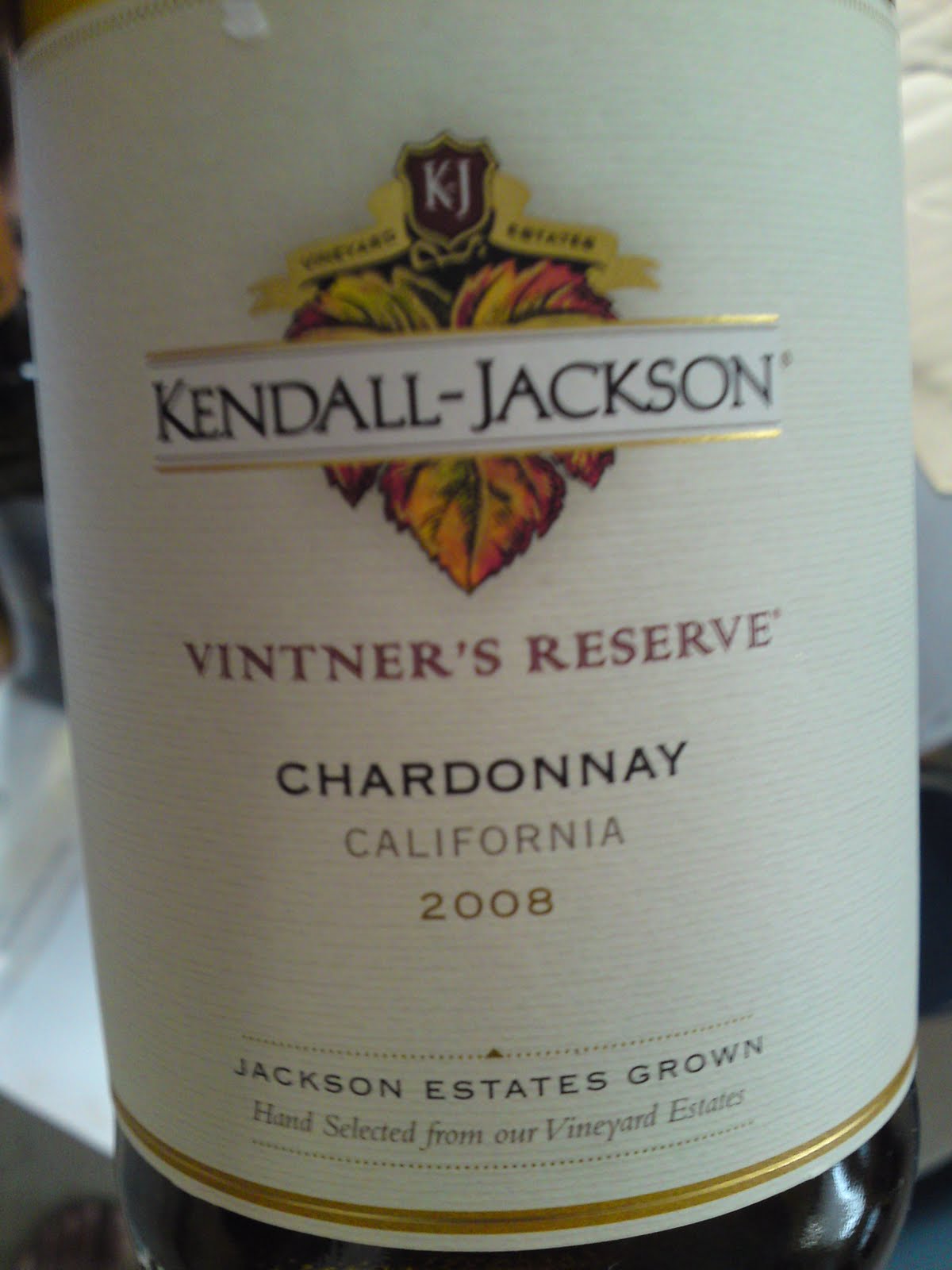The Nerd-Off Series: Belgian Style Ale vs Pinotage
So what is the Nerd-Off Series? All too often, when hanging with friends in the alcoholic beverage industry, you find the boys officially in the beer camp and the ladies loving wine. In an effort to learn more about beer and prove to the boys that wine is a wonderful drink - I have enlisted the blog's resident beer guy, Anthony, to nerd out about beer and wine.
So what are the rules? Kelley picks a wine, Anthony picks a beer and we exchange, taste, review and share our thoughts here. Enjoy!
Anthony's Pick: Goose Island's "Sofie"
Hiya there wine nerds! Today I have the absolute pleasure of describing a beer that I had bought for Kelley called Goose Island's "Sofie." Goose Island is a very popular brewery located in the state of Michigan and probably most well known for its barrel aged stout, Bourbon County Stout. However, this time around, I thought Sofie, which is a Saison style brew, would be the perfect selection for Kelley because she had mentioned she was a fan of Saisons. Saisons are pale-ales, known for their light and fruity flavors and high carbonation. And since Kelley is predominantly a wine drinker, I chose this beer because it almost drinks like a sparkling wine and I feel that it is a beer that both beer and wine drinkers can appreciate. It also does not hurt that this beer happens to be aged in wine barrels.
Sofie is currently rocking a solid 98 on the beer rating website, ratebeer.com. And this is no surprise since it represents a true example of Saison-style brew. When poured from the bottle, Sofie will appear as a hazy golden color accompanied with a fast dissipating white head. When taking in Sofie’s aroma, one can detect hints of lemon, grapefruit and a slight hint of wheat. After taking a sip, the drinker will taste exactly what they smelled - right up front there is a lot of citrus flavor, with a slightly sour finish. The carbonation of this beer adds an effervescent quality to this beer that would be quite agreeable to sparkling wine drinkers.
Since this beer is light to medium bodied as well as slightly dry it would be best served with a light meal, such as a salad or sushi. I for one enjoyed this beer with a few rolls of sushi and, I can say with a great deal of confidence, that it was one of the better food and beer tastings I have ever put together. What's even more exciting is that most sushi restaurants are BYOB, so if you chill one of these bad boys for around two hours before you leave to go to the restaurant, you will be ready to rock when you arrive at the restaurant.
If after this post, you find that you must try the Saison style of beer, you should check out the following offerings to satisfy your Saison cravings: Ommegang Brewery’s Hennepin ale, Brooklyn Brewery’s Sorachi Ace and Saison Dupont, which is brewed by Brasserie Dupont.
Prost!
Kelley's Thoughts on the Goose Island "Sofie." What can I say - Anthony really hit a home run with this beer. Not only is it my favorite style of beer, the brewers at Goose Island really did this style justice. After pouring the beer I thought it smelled somewhat like a German Heifewiesse. But after tasting this beer, it was clear it was something different. The refreshing citrus flavors of orange and grapefruit were very prominent. As Anthony suggested above, I paired the beer with sushi. When I go for sushi, I frequently go overboard with wasabi. This means the underlying flavor of my favorite sushi dishes is spice. Turns out, this was an awesome pairing with the beer. The heat from the wasabi almost pulled the fruit flavors out and amped them up a notch. Nothing but appreciation for this beer and food pairing. Yum!
Kelley's Pick: Pinotage from South Africa
I picked Pinotage because Anthony mentioned a while back that he was a barbecue fan. I love Pinotage because it has the dark fruit flavors, medium-body, with tons of smoke and spice on the finish. For more information on Pinotage, check out my earlier post describing the basics. Until next time!
Cheers!

















